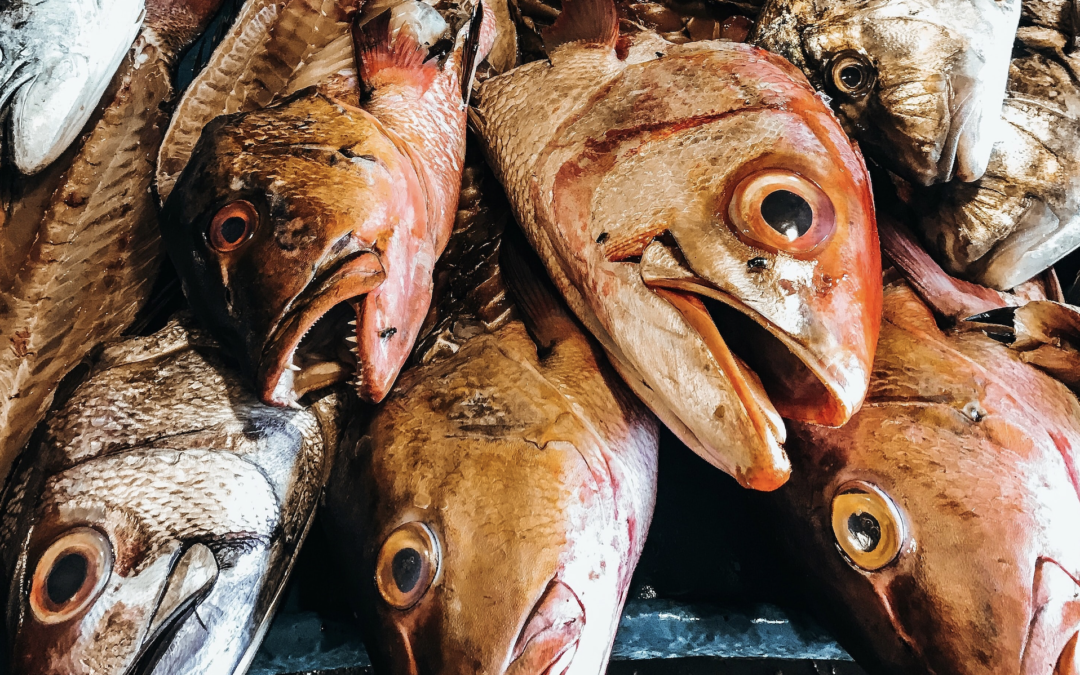I am interested in social innovation, which is really just using creative strategies to address a societal challenge. So, it was no surprise that a recent New York Times article, “A Solution to Pandemic Hunger, Eyeballs and All,” by Serena Solomon caught my eye. The piece focused on Kai Ika, a social enterprise organization in South Auckland, New Zealand, whose mission is to address both the environment and food insecurity for the Maori community. The endemic food insecurity problem has, of course, exacerbated by the global pandemic.
What struck me was Kai Ika’s diversity of effects. They reduce fish waste by repurposing and distributing discarded fish parts (heads, frames, and offal) from the seafood industry and redistributing it to the community for food and (the inedible parts) for vegetable garden fertilizer, thereby decreasing the amount of waste that goes into landfills. Fish heads are considered a delicacy in the Maori and Eastern Polynesian culture, and Kai Ika has provided a fresh, nutritious food source that is culturally important. Kai Ika is also generating community employment and training opportunities through a dockside fish fillet service for recreational fishing. Kai Ika reports that they have repurposed close to 100 tons of fish parts that would have otherwise rotted in landfills and contributed to greenhouse gas emissions.
Environmental and cultural sustainability, community food security, and economic development: it is not often that an effort captures so many crucial social innovation strands.
#socialinnovation #pandemichunger #kaiika

